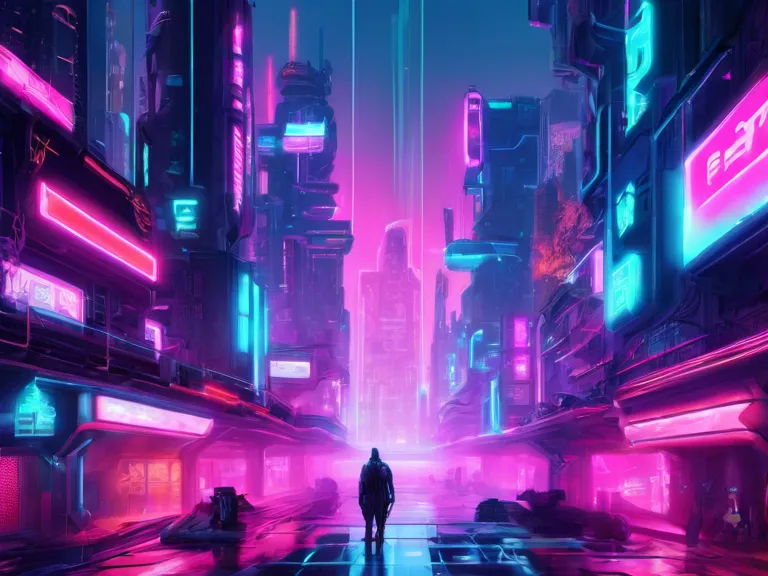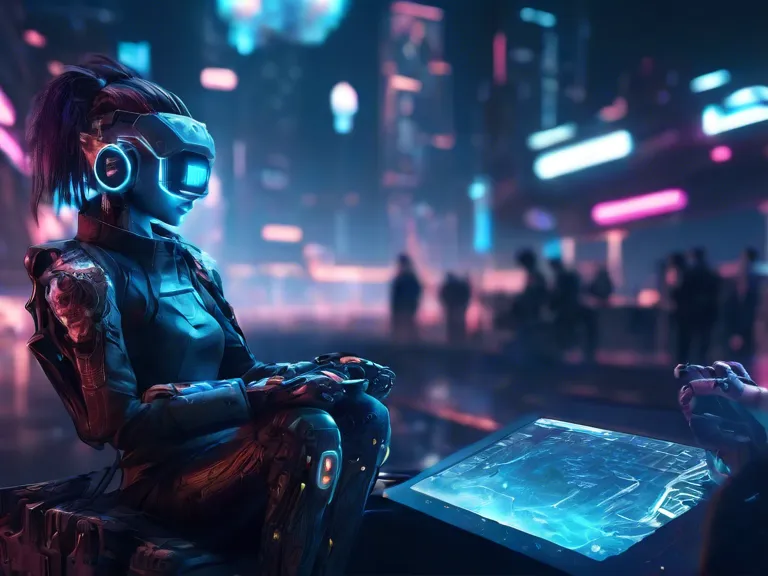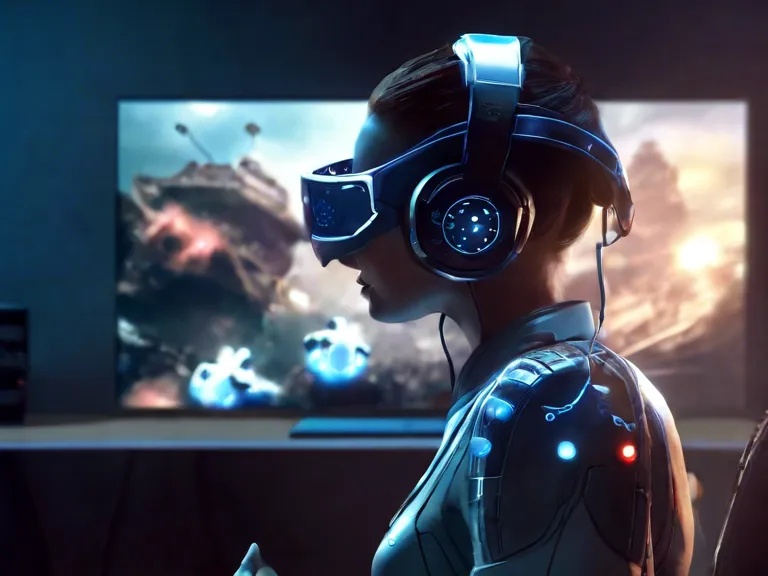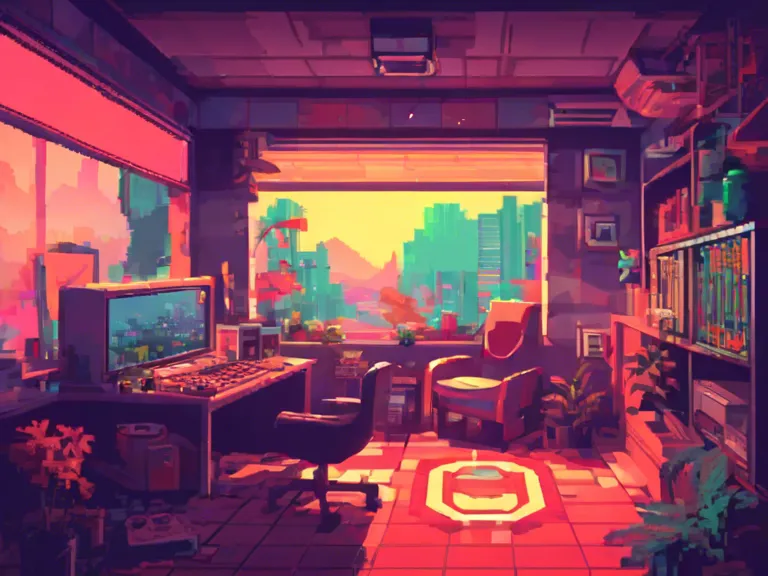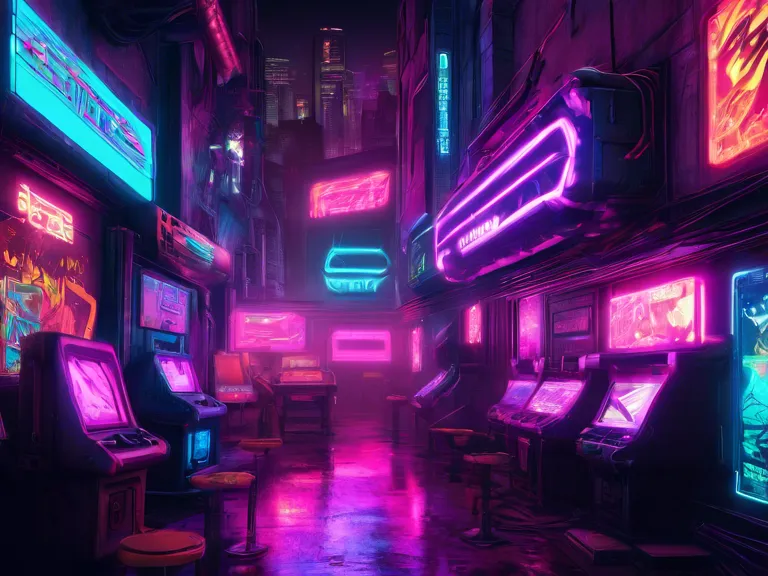
Cyberpunk Realms: The Evolution of Neon Art in Video Game Worlds
In the vibrant, chaotic worlds of cyberpunk video games, neon art plays a crucial role in setting the futuristic and dystopian atmosphere. From the gritty streets of Night City in Cyberpunk 2077 to the sleek metropolis of Midgar in Final Fantasy VII, neon art has evolved significantly over the years, becoming a defining element of cyberpunk aesthetics in gaming.
One of the earliest video games to prominently feature neon art was Sega's iconic title, Out Run, released in 1986. The game's vibrant colors and neon-lit environments set the stage for future cyberpunk games to explore the possibilities of incorporating neon art as a design element. As technology advanced, developers began to push the boundaries of what was possible with neon art in video game worlds.
Fast forward to the present day, and we see neon art taking center stage in games like Ruiner and Katana ZERO, where every corner of the screen is bathed in neon lights and glowing signs. These games blend retro-futuristic aesthetics with modern design sensibilities to create immersive cyberpunk realms that transport players to a neon-soaked dystopia.
The evolution of neon art in video game worlds has been driven by advancements in graphics technology, allowing developers to create more detailed and intricate neon designs. From flickering neon signs advertising virtual corporations to sprawling cityscapes bathed in neon hues, the possibilities are endless when it comes to creating immersive cyberpunk environments.
As video game worlds continue to expand and evolve, neon art will undoubtedly remain a key element of the cyberpunk aesthetic. Whether exploring a sprawling megacity or navigating the seedy underbelly of a neon-lit alleyway, players will continue to be captivated by the mesmerizing glow of neon art in cyberpunk realms.
